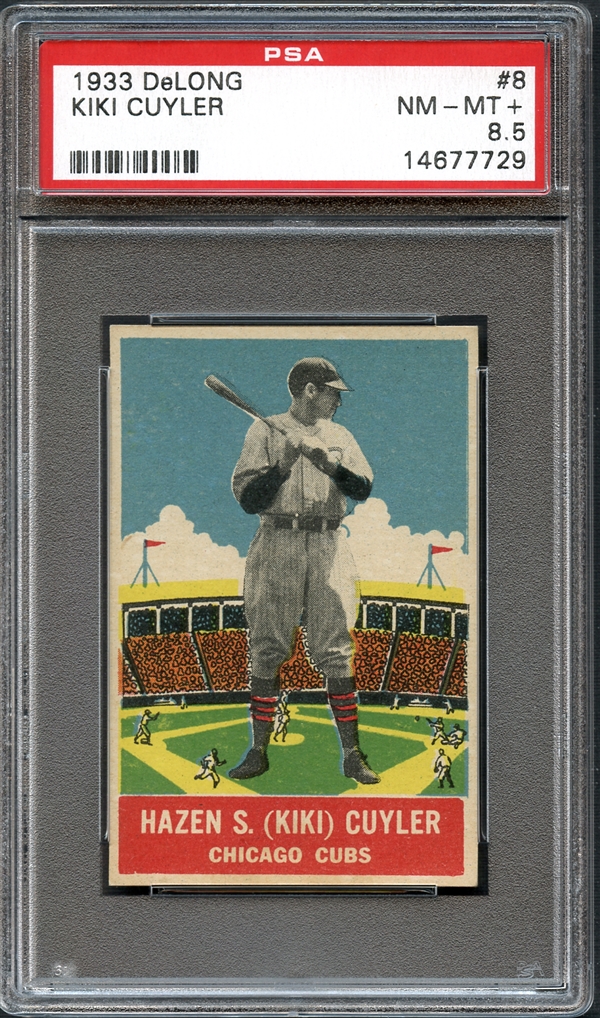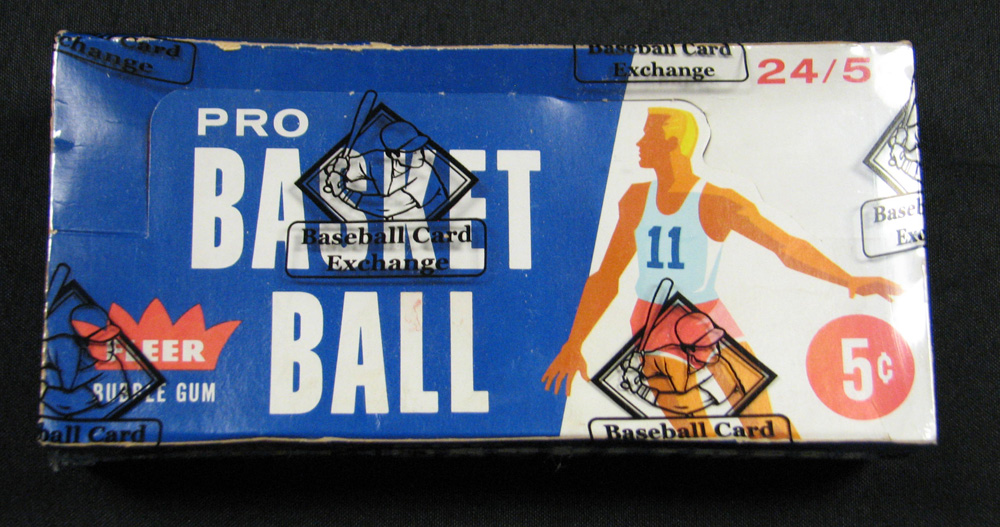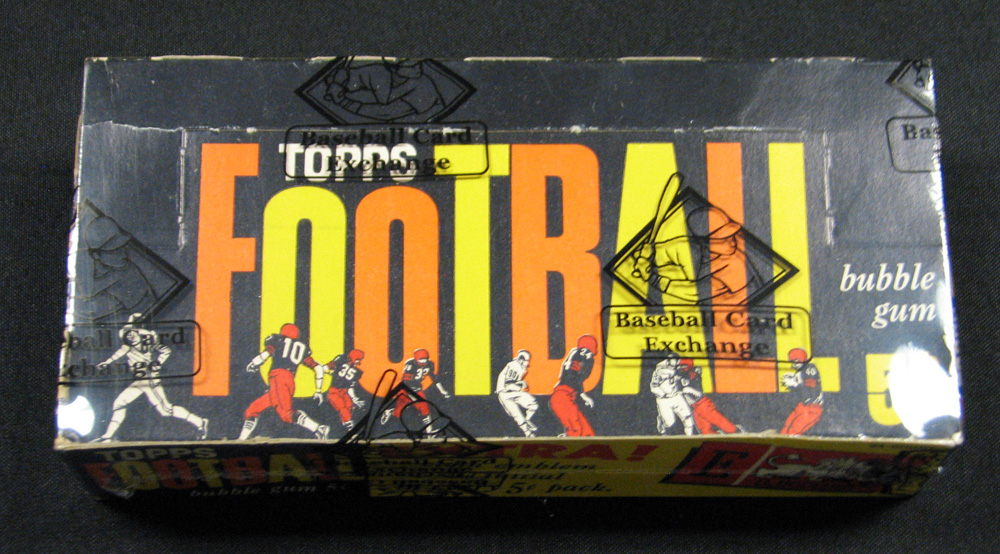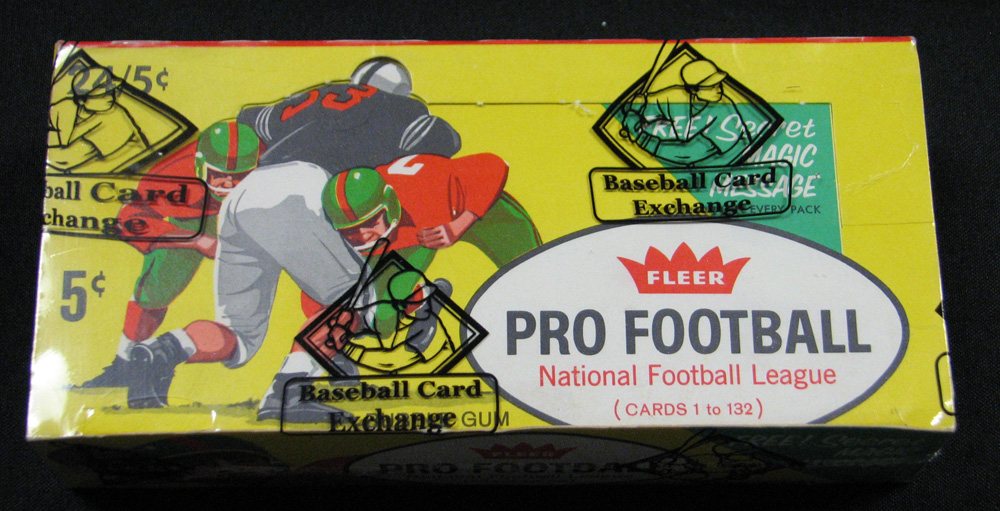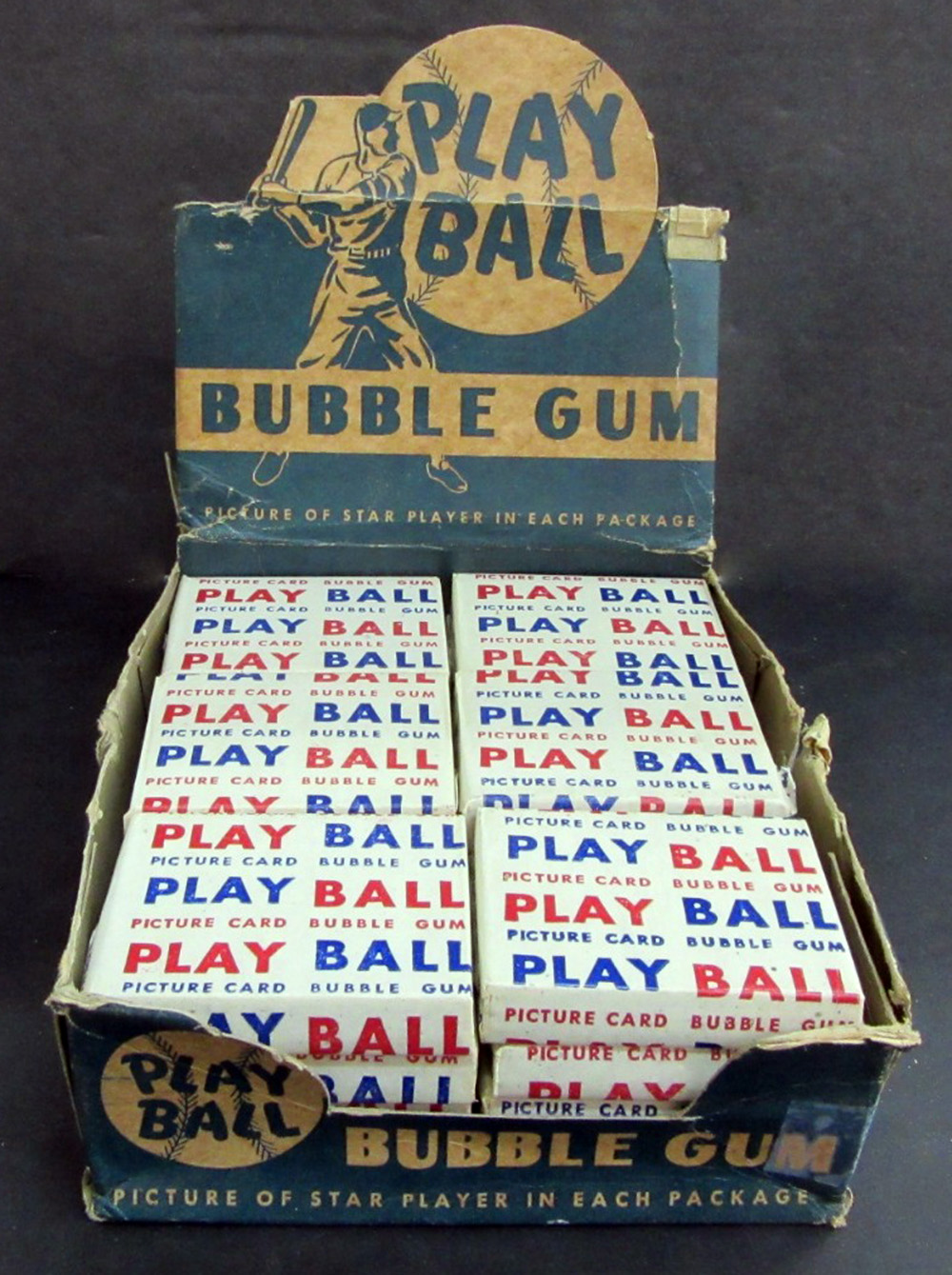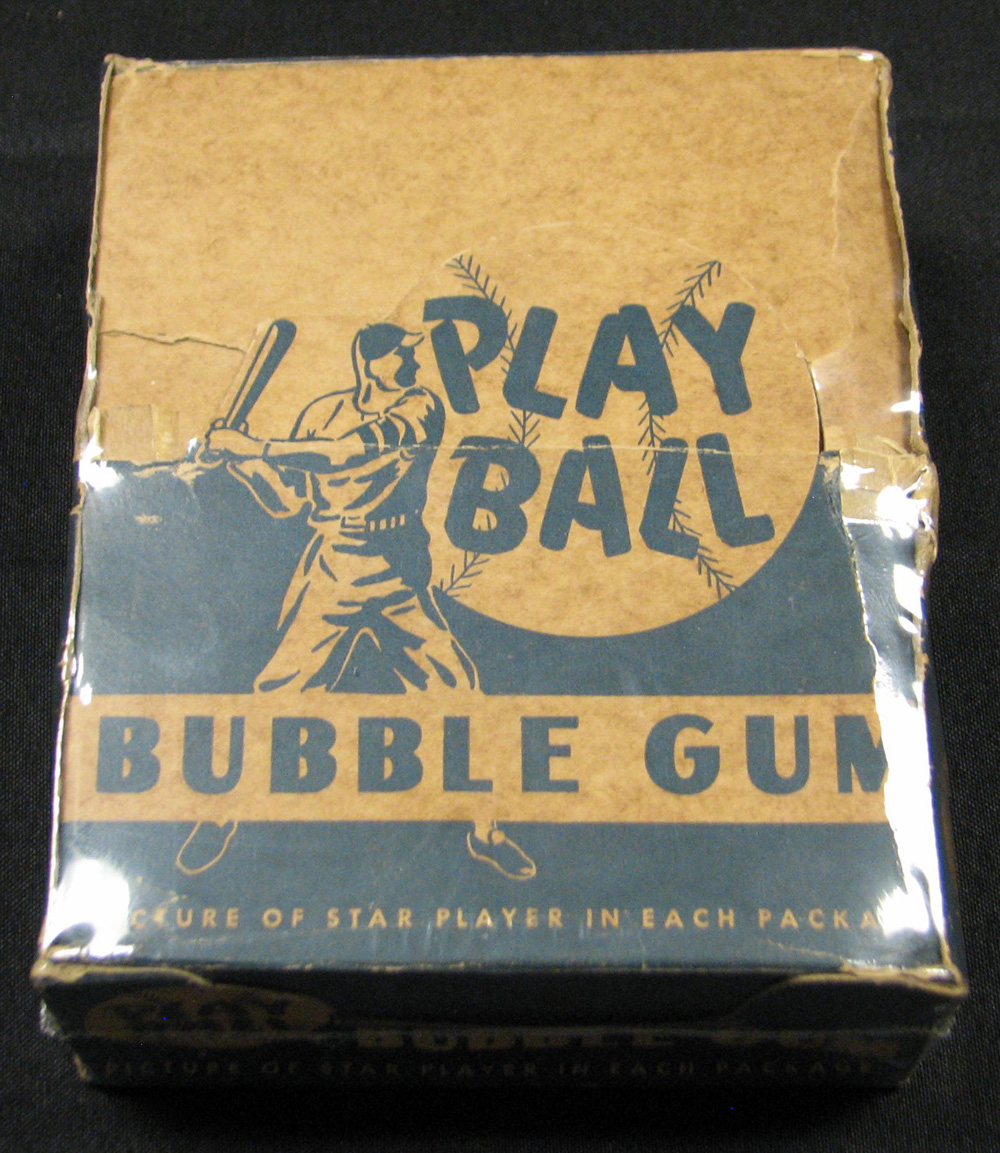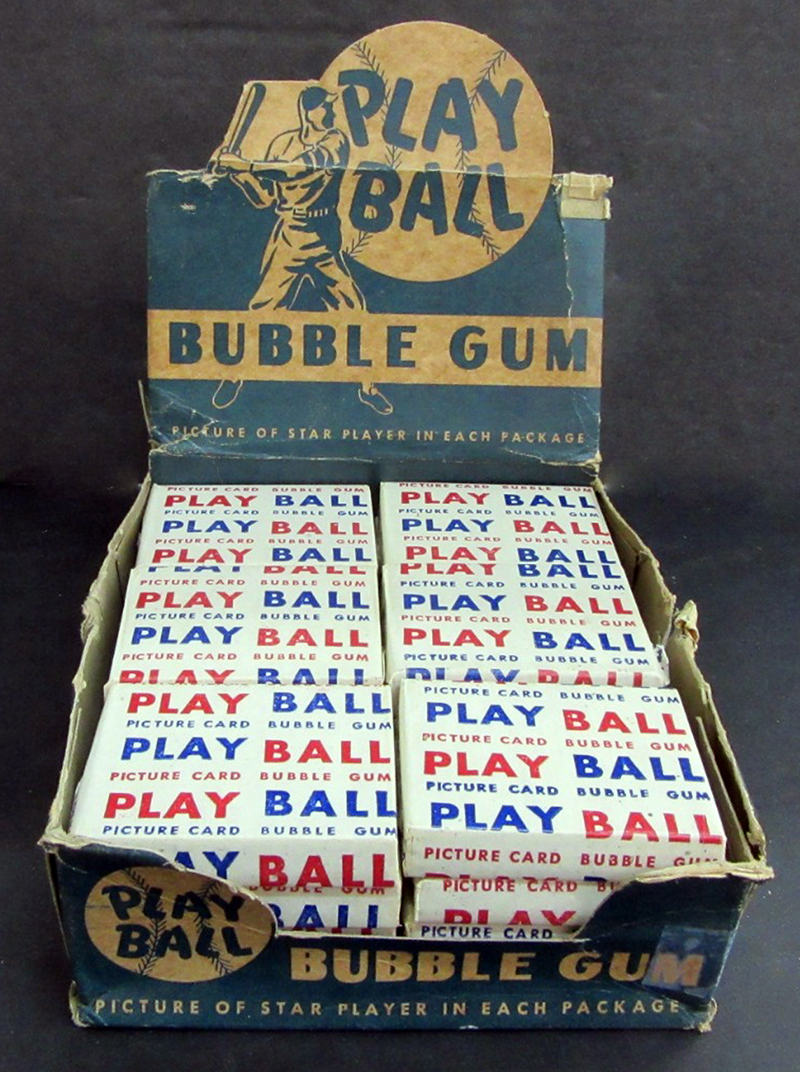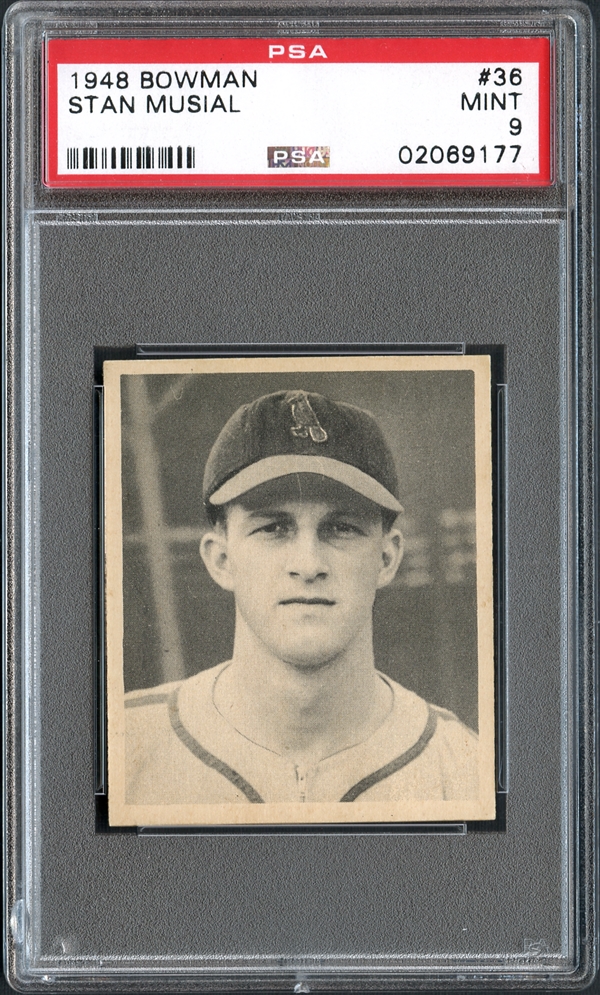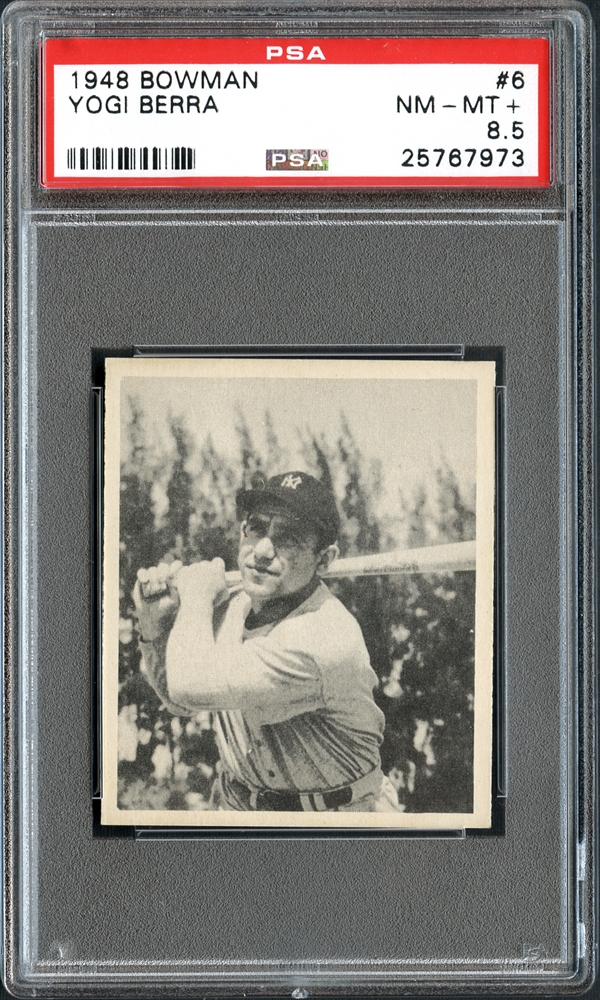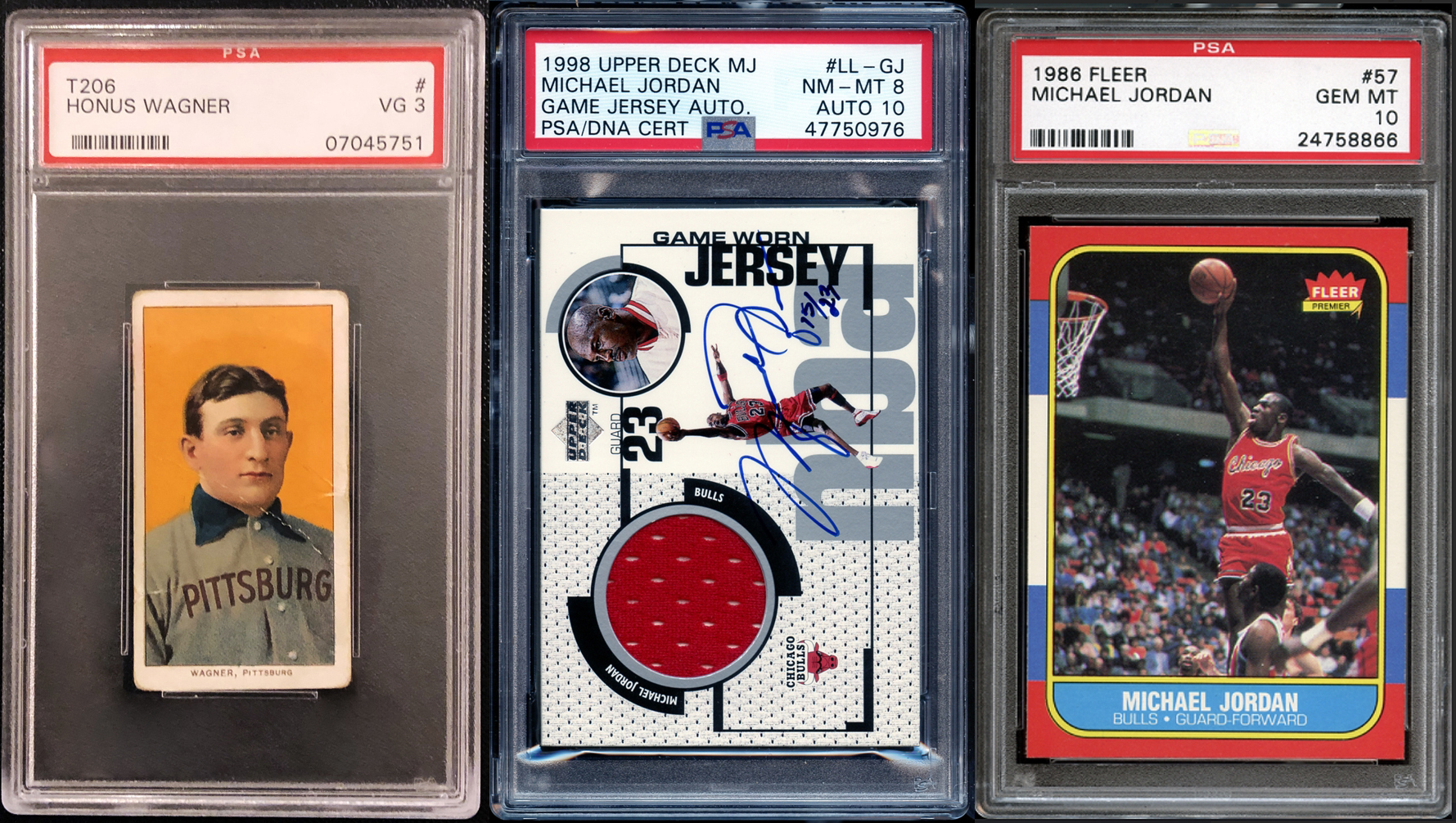
Sorry to get all “Tale of Two Cities” on you there but it seems like a lifetime ago that the NBA announced that Rudy Gobert had tested positive for COVID-19 and some NBA games would have to be cancelled. Then in an instant, the entire NBA was gone. And then the NHL. And there goes NASCAR, and the PGA, and the Kentucky Derby. Suddenly, the DraftKings app was only good for wagering on Russian table tennis in the Moscow Ligo Pro, with fistfights breaking out between fans of Alexandr Serebrennikov and Dmitry Petrochenko. OK, that last part might not be accurate, but yeah, 2020 was a different kind of year. In retrospect though, it wasn’t all bad. No seriously, it wasn’t.
Lockdown, Market Up!
On March 25th, MHCC President and CEO Brian Drent called the staff into the office and informed us that a stay at home order was going into effect and that we’d be working remotely until further notice. We were joining the legions of working refugees stuck at home, trying to figure out how to schedule a Zoom meeting. We discussed our immediate futures and wondered what was to become of our industry. With economic uncertainty on the horizon, we figured that the demand for pricey sports cards would take a back seat to more immediate needs, like paper towels and toilet paper. At least, that’s what we thought. It’s what everyone thought. Trying to be optimistic, we decided, “Hey, maybe collectors will get bored sitting at home without sporting events and spark a greater demand for sports cards.” Yeah, we didn’t believe it either, but lo and behold, it wasn’t long before price records were dropping faster than disposal facemasks. The Michael Jordan documentary “The Last Dance” hit the airwaves, and for many people, it was a quick fix for fans suffering sports withdrawal. MJ rookie cards went through the roof, with his 1986 Fleer rookie card graded PSA 9 jumping from $7,800 in February to $18,000 in November, and PSA 10 GEM MINT examples reaching $125,000, a 400% increase from the start of the year. And it wasn’t just Jordan cards, as Lew Alcindor’s 1969 Topps RC, for example, went from $6,500 in PSA 8 in January to over $35,000 in August. Almost 4 MILLION dollars for a Mike Trout rookie card? Across the board; from vintage to modern and covering all sports, card prices were tripling, quadrupling, and more. It even brought out the big guns of the hobby…
Need a T206 Honus Wagner? Take Your Pick!
The creation of sports cards started some 150 years ago and no matter what you collect, the fact is that the T206 Honus Wagner card will stand as the pinnacle of the hobby. It’s not the rarest card, it’s not the most attractive card, and as recent events have shown, it’s not even the most expensive card. But it is the king, and until this year, you rarely saw one up for sale. The collecting frenzy of 2020 brought some of those big boys out from storage and Mile High Card Company was at the forefront. It actually started last October with a PSA 2 selling for $1.326M, almost doubling the current record price. But MHCC sold two more of the prized pasteboards in 2020, a PSA 1 that fetched a world-record price of $1.146M, which has since been topped with a November sale of $1.392M, and a PSA 3 that was sold privately for $3.25M, the highest price ever paid for a T206 Wagner.
There’s no telling what the future holds for the hobby, but what was appearing to be the demise of the industry has instead become the greatest bull market ever. If you’re a buyer, there’s never been more opportunity, and if you’re a seller, there’s never been better prices. Like all goods things, it will eventually come to an end. So let me end this with the same choice words that have never rang more true than they do right now: if you desire the maximum possible return for your prized sports cards and/or memorabilia, please call our office at (303) 840-2784 to speak with one of MHCC’s team of experts or visit www.milehighcardco.com and consign to the Spring 2021 auction.

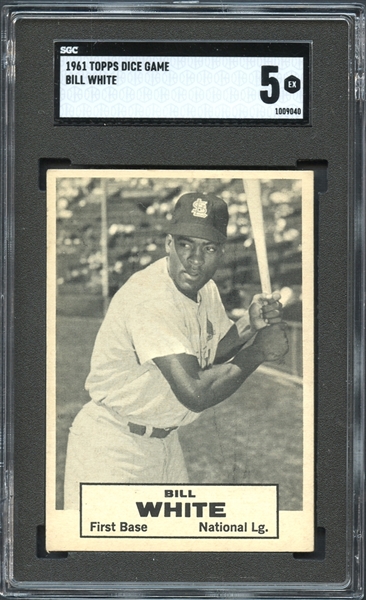 Never heard of it? That’s OK. Like Bigfoot or the Loch Ness monster, cards from the 1961 Topps Dice Game test series are considered more urban legend than reality with the number of known specimens from the entire series coming in lower than that of the iconic T206 Honus Wagner card. In fact, the known population of each card can be counted on one hand. Most of what is known about this set is speculation, but it seems that having defeated the Bowman company for baseball card supremacy, Topps considered dabbling in a market that was dominated by the American Professional Baseball Association (APBA) and Strat-O-Matic board games introduced in the 1950s, producing an independent game which included black and white baseball cards reminiscent in design to cards produced by Leaf in 1960. Unlike the baseball card sets from 1952 to that point, this collection of 18 cards was to be sold as a set with a pair of dice and together were used to play a simulated baseball game. The reverse of each card is filled with numbers and baseball plays, outcomes determined when the card holder “called a pitch” and then rolled the dice. However, the concept didn’t get past the initial stage of development and the cards are so rudimentary that they don’t even have any trademark or copyright information to identify them as a Topps product. Some of the information on the reverse, specifically those related to baserunning, are crudely printed from handwritten originals, confirming how early in the process this test series was. It’s very possible that just a few complete sets were made so that test subjects could try playing the game to see if it was a marketable product. Some of these cards escaped the Topps factory from the files of Woody Gellman, an editor and art director at Topps for over 25 years. Examples have surfaced with staple holes, which could have been one or more of each in the set that was attached to a file card and locked away in the archives.
Never heard of it? That’s OK. Like Bigfoot or the Loch Ness monster, cards from the 1961 Topps Dice Game test series are considered more urban legend than reality with the number of known specimens from the entire series coming in lower than that of the iconic T206 Honus Wagner card. In fact, the known population of each card can be counted on one hand. Most of what is known about this set is speculation, but it seems that having defeated the Bowman company for baseball card supremacy, Topps considered dabbling in a market that was dominated by the American Professional Baseball Association (APBA) and Strat-O-Matic board games introduced in the 1950s, producing an independent game which included black and white baseball cards reminiscent in design to cards produced by Leaf in 1960. Unlike the baseball card sets from 1952 to that point, this collection of 18 cards was to be sold as a set with a pair of dice and together were used to play a simulated baseball game. The reverse of each card is filled with numbers and baseball plays, outcomes determined when the card holder “called a pitch” and then rolled the dice. However, the concept didn’t get past the initial stage of development and the cards are so rudimentary that they don’t even have any trademark or copyright information to identify them as a Topps product. Some of the information on the reverse, specifically those related to baserunning, are crudely printed from handwritten originals, confirming how early in the process this test series was. It’s very possible that just a few complete sets were made so that test subjects could try playing the game to see if it was a marketable product. Some of these cards escaped the Topps factory from the files of Woody Gellman, an editor and art director at Topps for over 25 years. Examples have surfaced with staple holes, which could have been one or more of each in the set that was attached to a file card and locked away in the archives. 
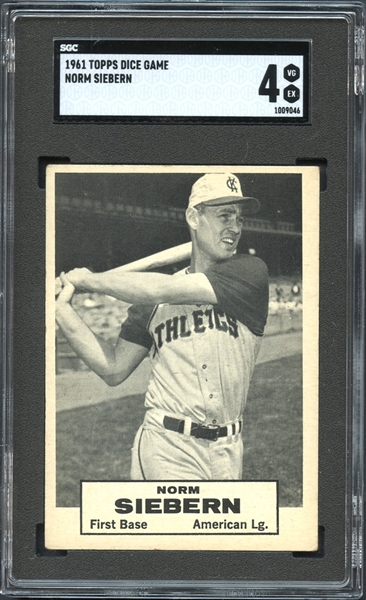
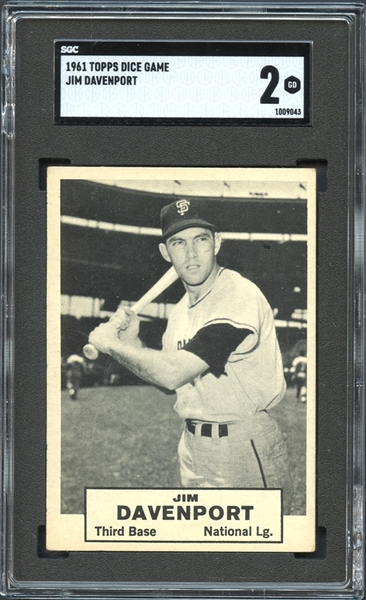
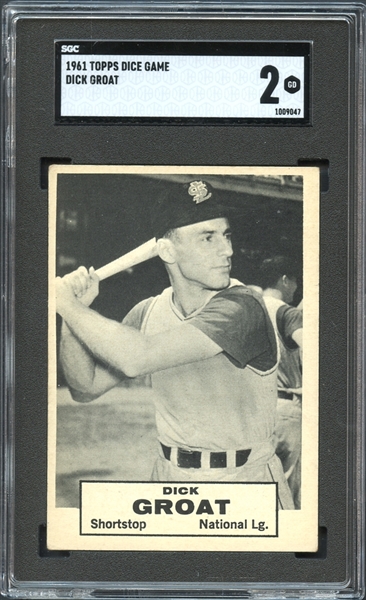
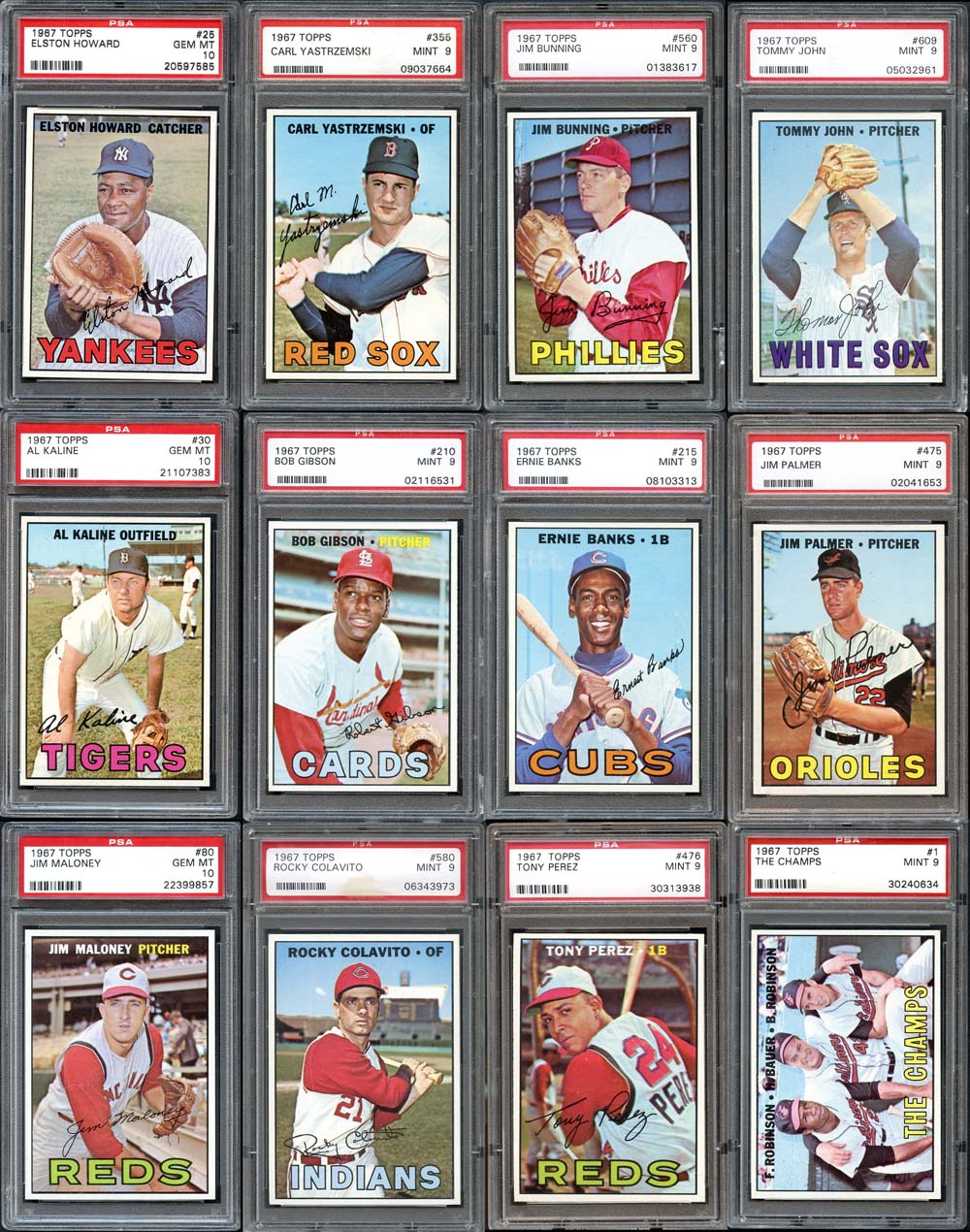
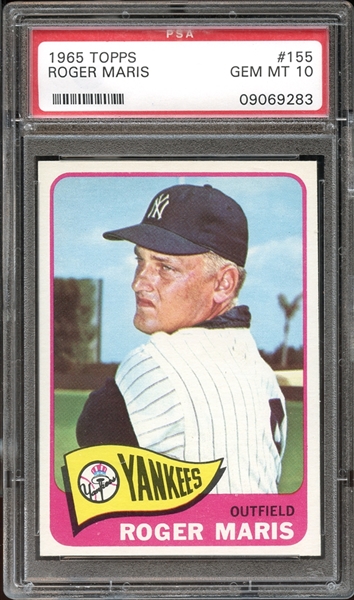
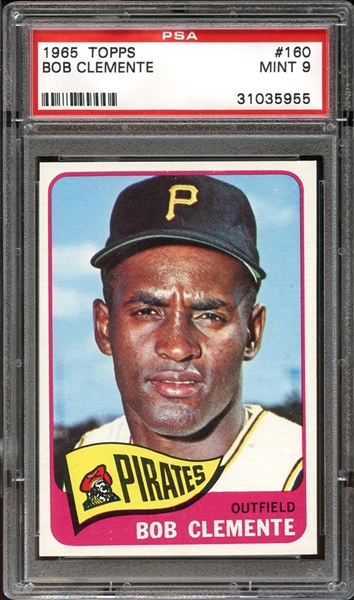
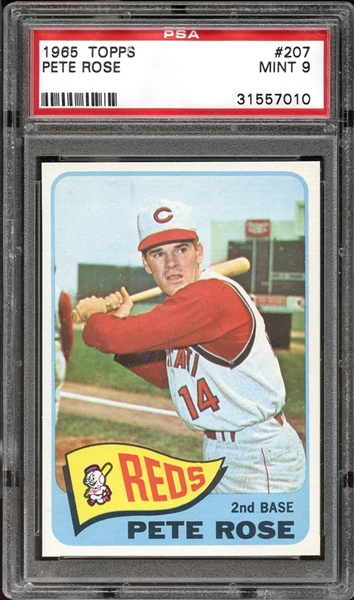
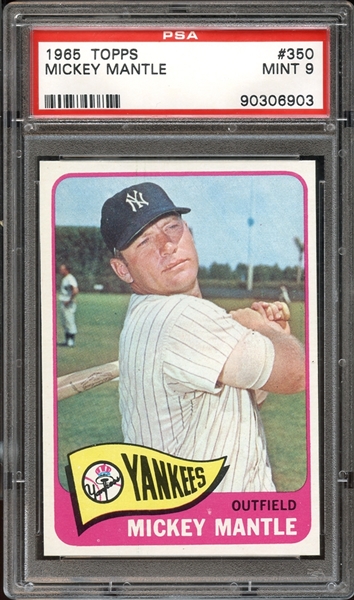
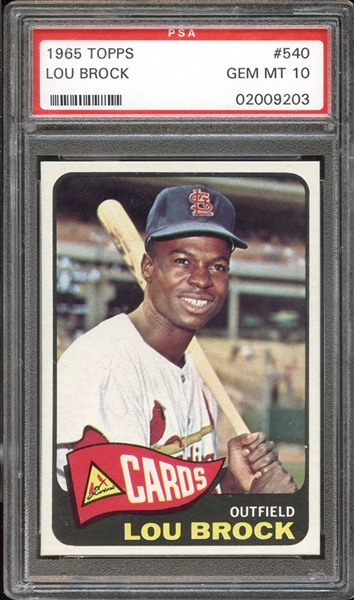
 Caramel Cards – Tobacco’s More Colorful Cousin
Caramel Cards – Tobacco’s More Colorful Cousin Mile High Card Company To Offer Over 300 Lots of Caramel Cards in March 2018 Auction.
Mile High Card Company To Offer Over 300 Lots of Caramel Cards in March 2018 Auction.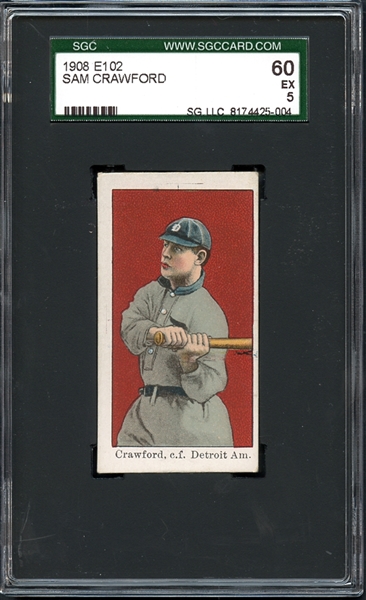
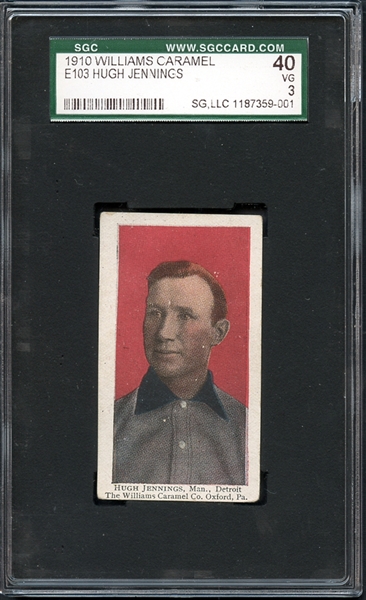
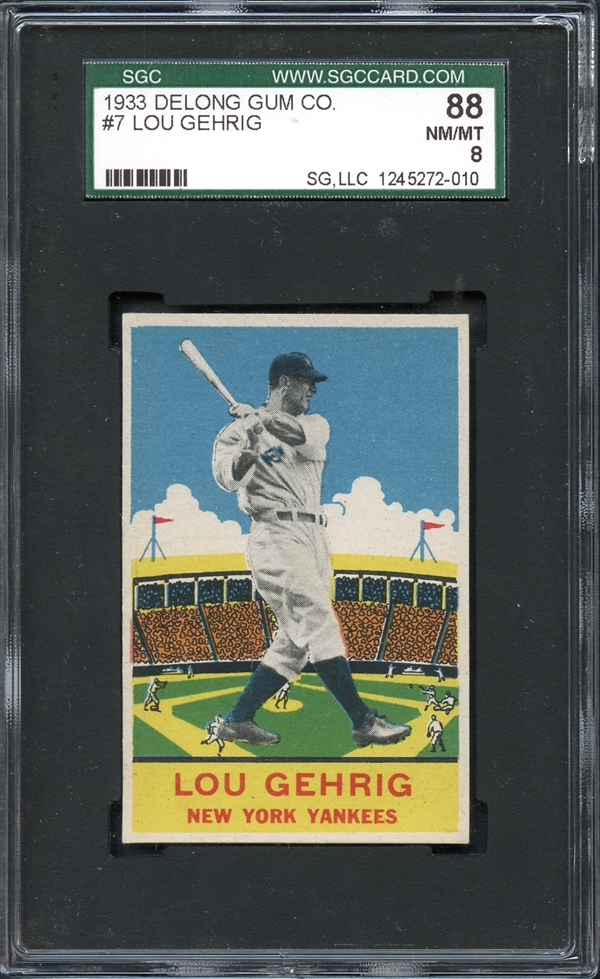 Harold DeLong had an advantage as a key executive in the development of the Goudey series prior to his departure, allowing him to create a clearly more aesthetic product than his former employer, but there were just too many obstacles standing in his way. Goudey, founded in 1919, was a well-established purveyor of chewing gum and had the financial might to secure the materials needed to produce the largest mainstream collection since the legendary T206 series. DeLong, on the other hand, was pioneering a poorly funded start-up that could only muster the ability to release a diminutive 24-card collection. Oh, but what a collection it was! While the brightly colored pigments, real life player depictions and ornate background artistry were a tremendous contrast from the straightforward and often monochrome format of the Goudey collection, there simply was no way that DeLong’s small series could compete with a Goudey set ten times the size that included a quartet of Babe Ruth cards. In addition, the DeLong cards didn’t have the nationwide distribution channel of the Goudey series, and if that wasn’t enough of a handicap, it was widely thought that Goudey’s bubble gum was just clearly superior. Even in the hometown Boston area, DeLong had to contend not only with Goudey but also had to compete with the regionally issued George C. Miller collection. All things considered, DeLong never really stood a chance of success.
Harold DeLong had an advantage as a key executive in the development of the Goudey series prior to his departure, allowing him to create a clearly more aesthetic product than his former employer, but there were just too many obstacles standing in his way. Goudey, founded in 1919, was a well-established purveyor of chewing gum and had the financial might to secure the materials needed to produce the largest mainstream collection since the legendary T206 series. DeLong, on the other hand, was pioneering a poorly funded start-up that could only muster the ability to release a diminutive 24-card collection. Oh, but what a collection it was! While the brightly colored pigments, real life player depictions and ornate background artistry were a tremendous contrast from the straightforward and often monochrome format of the Goudey collection, there simply was no way that DeLong’s small series could compete with a Goudey set ten times the size that included a quartet of Babe Ruth cards. In addition, the DeLong cards didn’t have the nationwide distribution channel of the Goudey series, and if that wasn’t enough of a handicap, it was widely thought that Goudey’s bubble gum was just clearly superior. Even in the hometown Boston area, DeLong had to contend not only with Goudey but also had to compete with the regionally issued George C. Miller collection. All things considered, DeLong never really stood a chance of success.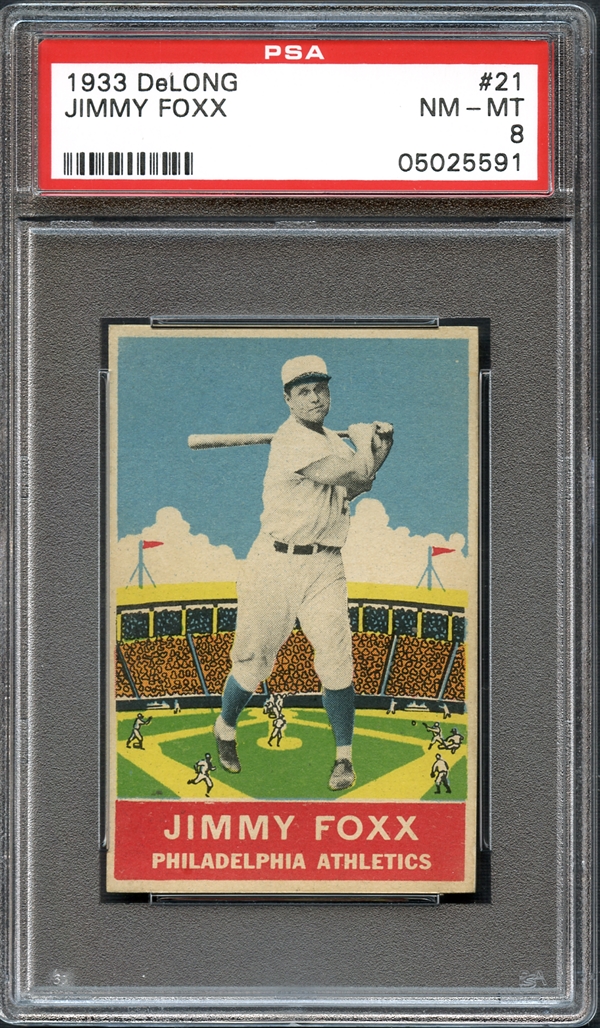 Although there is no Babe Ruth card in the DeLong set, the 24-card collection is jam-packed with star power, boasting 15 Hall of Famers and led by the issues of Yankees Hall of Famer Lou Gehrig and fellow Cooperstown resident Jimmie Foxx. In addition to their groundbreaking appearance, what makes the DeLong series so highly collectible to advanced hobbyists is the difficulty to build an elite assemblage. Nearly 3,000 cards from the entire 24-card collection have passed through the halls of PSA without a single GEM MINT specimen, only two graded MINT and just five subjects (McManus, Terry, Traynor, Gomez and Klein) making it into double-digits pops at the PSA 8 level. Ironically, some of the most difficult high-grade finds from the series are not Hall of Famers: Oscar Melillo, Riggs Stephenson and Lon Warneke. While the series is a challenge to build, there are presently 31 complete collections on the PSA Set Registry with just eight that have reached a level of 7.0 or higher.
Although there is no Babe Ruth card in the DeLong set, the 24-card collection is jam-packed with star power, boasting 15 Hall of Famers and led by the issues of Yankees Hall of Famer Lou Gehrig and fellow Cooperstown resident Jimmie Foxx. In addition to their groundbreaking appearance, what makes the DeLong series so highly collectible to advanced hobbyists is the difficulty to build an elite assemblage. Nearly 3,000 cards from the entire 24-card collection have passed through the halls of PSA without a single GEM MINT specimen, only two graded MINT and just five subjects (McManus, Terry, Traynor, Gomez and Klein) making it into double-digits pops at the PSA 8 level. Ironically, some of the most difficult high-grade finds from the series are not Hall of Famers: Oscar Melillo, Riggs Stephenson and Lon Warneke. While the series is a challenge to build, there are presently 31 complete collections on the PSA Set Registry with just eight that have reached a level of 7.0 or higher.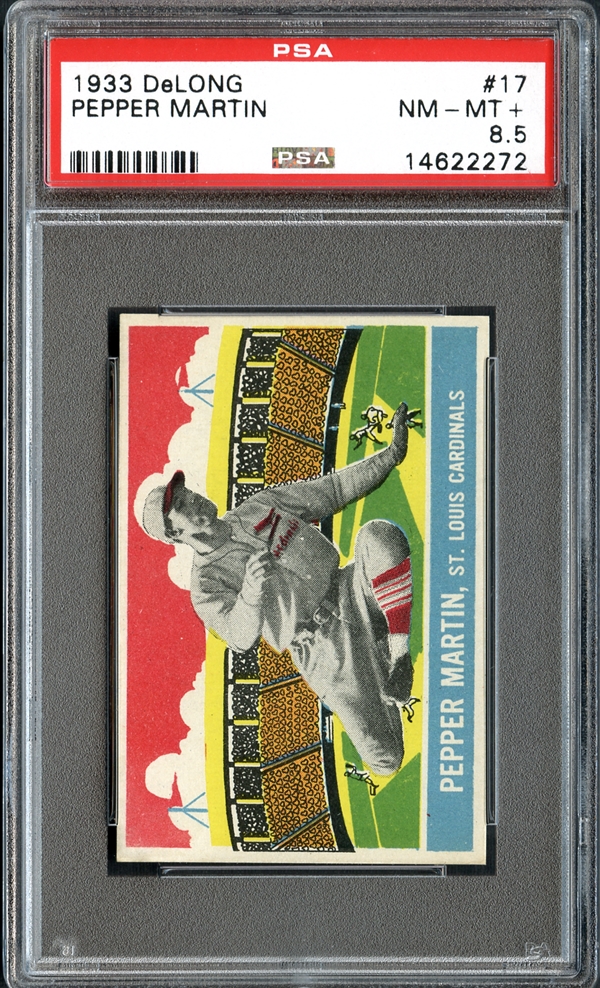 Featured in the Mile High Card Company September Auction is the second finest 1933 DeLong set ever assembled, boasting a set rating of approximately 8.83 with several PSA 8.5 cards that stand as the one and only examples at that grading tier with none graded higher. All but two of the cards in the collection have a grade of NM/MT or better. As MHCC has done in the past with world-ranked assemblages, this collection is being offered as a complete set as well as each card offered individually, with the final sale going to whichever total (the set versus the sum of the individual lots) is higher.
Featured in the Mile High Card Company September Auction is the second finest 1933 DeLong set ever assembled, boasting a set rating of approximately 8.83 with several PSA 8.5 cards that stand as the one and only examples at that grading tier with none graded higher. All but two of the cards in the collection have a grade of NM/MT or better. As MHCC has done in the past with world-ranked assemblages, this collection is being offered as a complete set as well as each card offered individually, with the final sale going to whichever total (the set versus the sum of the individual lots) is higher.